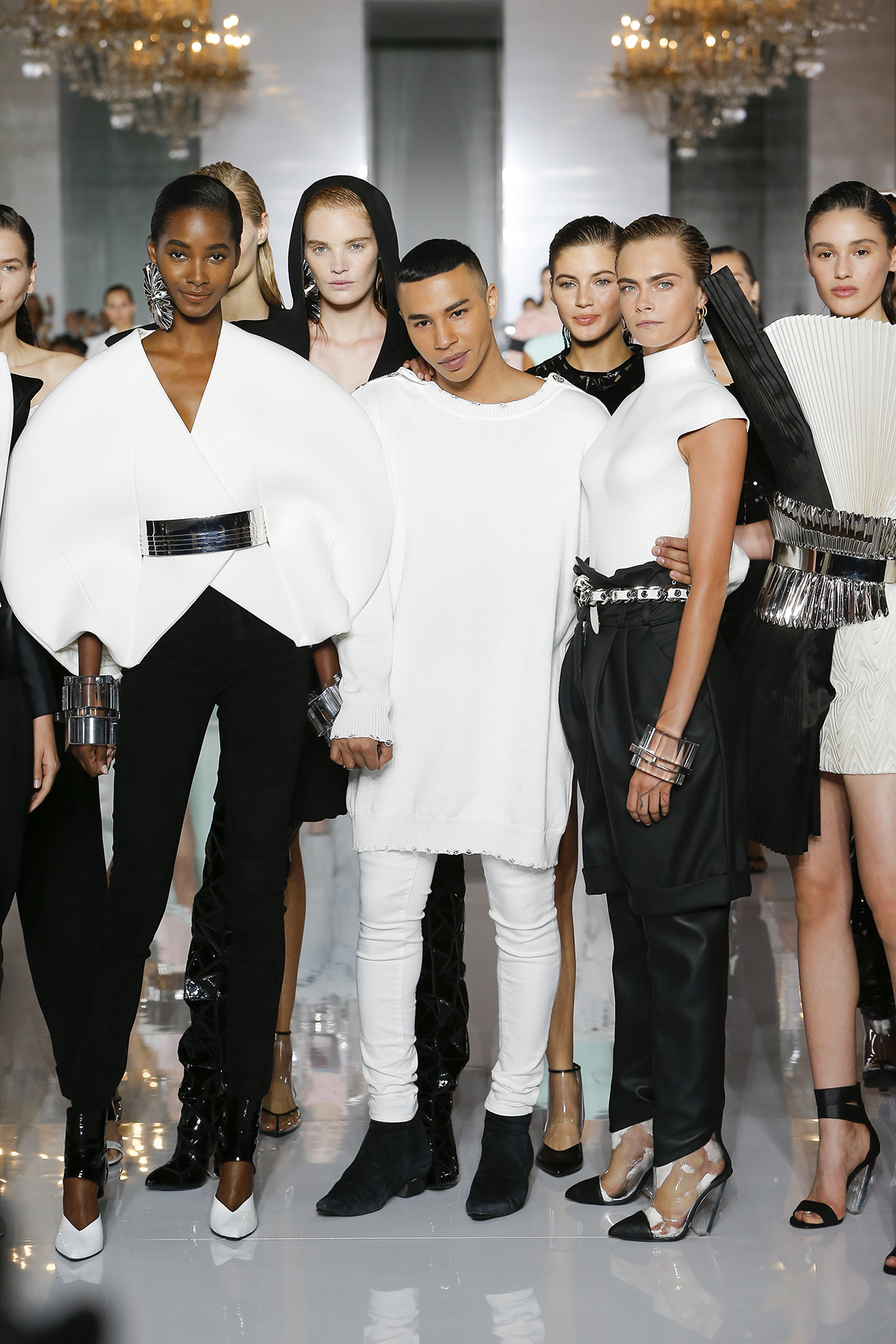
Olivier Rousteing with models, including Cara Delevingne, after Balmain’s SS19 show at the Hôtel de Ville in Paris
The French label Balmain, known for its 1950s couture, has been turned into a leader of the 21st-century pack by its creative director Olivier Rousteing. Harriet Quick meets him at his lair in Paris to discuss glamour, music and diversity
“Glamour never went away but right now we don’t like to like glamour – it’s something taboo, a guilty pleasure. It is easier to say a grey oversized coat is chic and beautiful,” says Olivier Rousteing. Over the past eight years as creative director of Balmain, Rousteing has started a brilliant new chapter in Parisian glamour with his continual reinvention of the fashion lexicon, with his signature ballast-shouldered d-b blazers, crazy beautiful embellishments, and architectural silhouettes conceived for megawatt impact. There are many neutral, minimalist suits and swishy plissé skirts designed for 2019. He’s the master of unapologetic va-va-voom, the kind that is rewarded with fire-flame emojis on Instagram, the kind that speaks of female empowerment, dynamism and a knock ’em-out fighting spirit, a message that the brand spreads far and wide.
Follow LUX on Instagram: the.official.lux.magazine
Balmain’s spring/summer 2019 collection, staged late last year under the frescoed ceilings of the Hôtel de Ville in Paris, was a paean to the extraordinary depth and breadth of culture in the capital, to Rousteing’s own exploration of it and to Parisian savoir-faire. Model and actress Cara Delevingne opened the show in a sculpted metal bustier, a fluid white satin trench with exaggerated shoulders and utility trousers that would suit a modern-day Cleopatra. Extreme fan shapes in triple organza arched over the torso like an unfolded concertina, micro dresses were constructed out of a mosaic of Plexiglas and black graphic knits boasting white hieroglyphics. “We’ve also riffed on the origins of modern-day Paris – and, actually, modern civilization itself. My fascination with the impressive obelisks, pyramids and columns that date from Napoleon’s campaigns and adorn this city’s most iconic public spaces is reflected in the collection’s many references to Egypt,” says Rousteing of his tour de force.
There are no half measures with Rousteing and he admires designers who work with similar conviction. “In my eight years as creative director, we’ve seen so many strong trends. I’m a huge fan of Demna Gvasalia, Hedi Slimane, Phoebe Philo and Raf Simons – they have visions and strong points of view. When I saw the hyper-real street wear of Vetements, I was happy because it is refreshing, but it doesn’t mean I have to do that. In fact, the opposite – you have to become more you. One might like or dislike Balmain but it keeps a fan and customer base, and you have to challenge and be relevant every season,” says the 33-year-old.
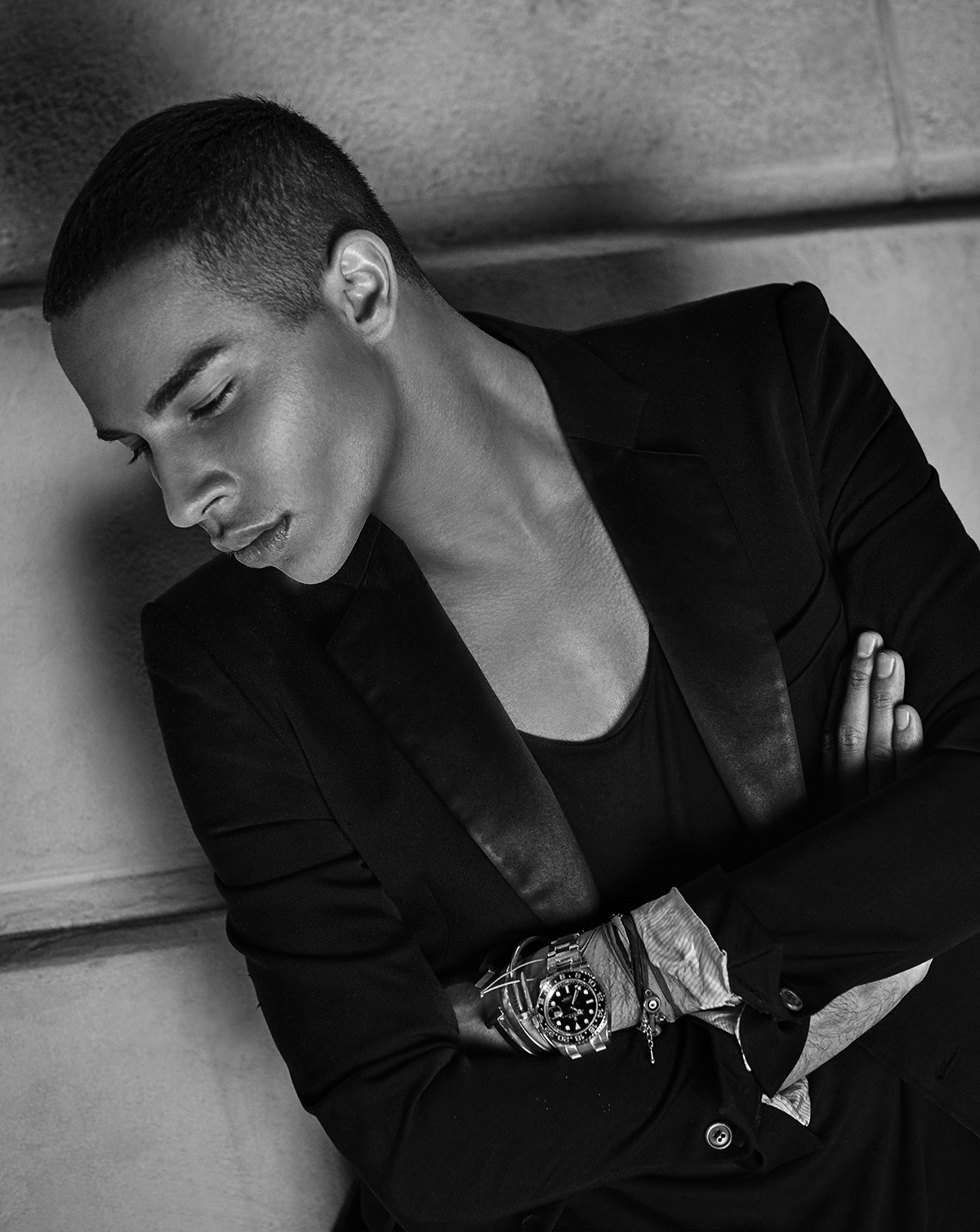
Olivier Rousteing, photographed in Paris in 2017 by Pascal Dangin
“I love what is figurative and what people can see. I use a lot of patterns and craftsmanship because I love the first IMPACT! But just because a piece is shiny does not mean there’s no depth. It’s so easy to say ‘bling’ but that means nothing. A piece can be shiny and be created with so many innovative artisan techniques – it is more than surface. The Tour Eiffel is impressive with or without lights; I hope, night or day – these clothes can stand up,” says the designer who joined Balmain and became its studio manager under his predecessor, Christophe Decarnin, in 2011. Previously, he had worked as Peter Dundas’s right hand at Roberto Cavalli, excelling in that brand’s neo-bohemian glamour.
Read more: In conversation with artist Victoria Fu
Balmain is majority owned by the Qatari investment fund Mayhoola, which is also behind Valentino, Pal Zileri and Anya Hindmarch. The luxury investment business that is supported by the emir of Qatar paid around $560 million for Balmain in 2016. The operations of the royal family-owned luxury investment business is secretive, with turnover figures for the brand undisclosed. To date, 80% of the turnover of Balmain has been at wholesale with collections for men, women and children being sold into multi-label boutiques and department stores around the globe. Success at wholesale equates to customer loyalty, which is impressive in this era of promiscuous label shopping. This year, under the new CEO Massimo Piombini, there is a major expansion into brick-and-mortar stores, with flagships opening in Miami, Moscow, Paris, Rome and Las Vegas. “Piombini is daring and is not afraid, and I love to push the limits of design. This is the base of making a great business in fashion. With Mayhoola, we want to make the business BIG and push it to the next level,” says Rousteing. Currently, Balmain employs 350 staff with 25 in the design studio.
This year has also seen new developments with the launch of a demi-couture collection entitled ‘44 François Premier’ (it carries the address of founder Pierre Balmain’s original atelier); a twice-yearly women’s wear capsule called Episode, which is showcased during the menswear shows; and a big boost to shoes and handbags. The line ‘Beauty’, following a capsule line with L’Oréal, is in the works. In total, Rousteing designs 14 collections a year.

Balmain SS19 ready-to-wear collection
The shift into demi-couture is significant in its appeal to a growing number of younger couture clientèle. Where a typical heavily embellished cocktail dress might cost £2,500–4,000 in ready-to-wear, a gown in ‘44 François Premier’ is £20,000 and up. “The line is not about trend or future forecasting; it’s about beauty for beauty’s sake, with iconic pieces; we have a huge market for that with so many celebrities embracing the brand,” says Rousteing, whose designs were inspired by his delving into the archives and by the golden years of Pierre Balmain, who dressed Hollywood, socialites and royalty in his exuberant designs in the mid-century. For Rousteing, the jewel-coloured ‘Dynasty’-style gowns, with their gigantic ruffles and furls and sinuous Grecian drapes as well as hand-crafted embellishments by Maison Legeron (a long-established maker of fabric flowers) proved a timely recalibration of the couture dream. The line quickly picked up red-carpet strikes with Lupita Nyong’o and Penélope Cruz parading looks at summer premieres.
Rousteing’s latest show was streamed live to the few lucky owners of Oculus VR headsets. While virtual reality has been used by brands including Chanel (in exhibitions) and Dior (in VIP presentations), the VR stream flagged up the digital savvy of Rousteing who embraced the peer-to-peer power of social media and Instagram (where he has five million followers) early on, much to the snobbish dismay of the old luxury elite. “We always have to remain two steps ahead,” says Rousteing, thumbing the shiny gold Balmain buttons on the shoulder line of his cashmere Breton sweater as he sits behind a vast desk of brown marble and bronze.
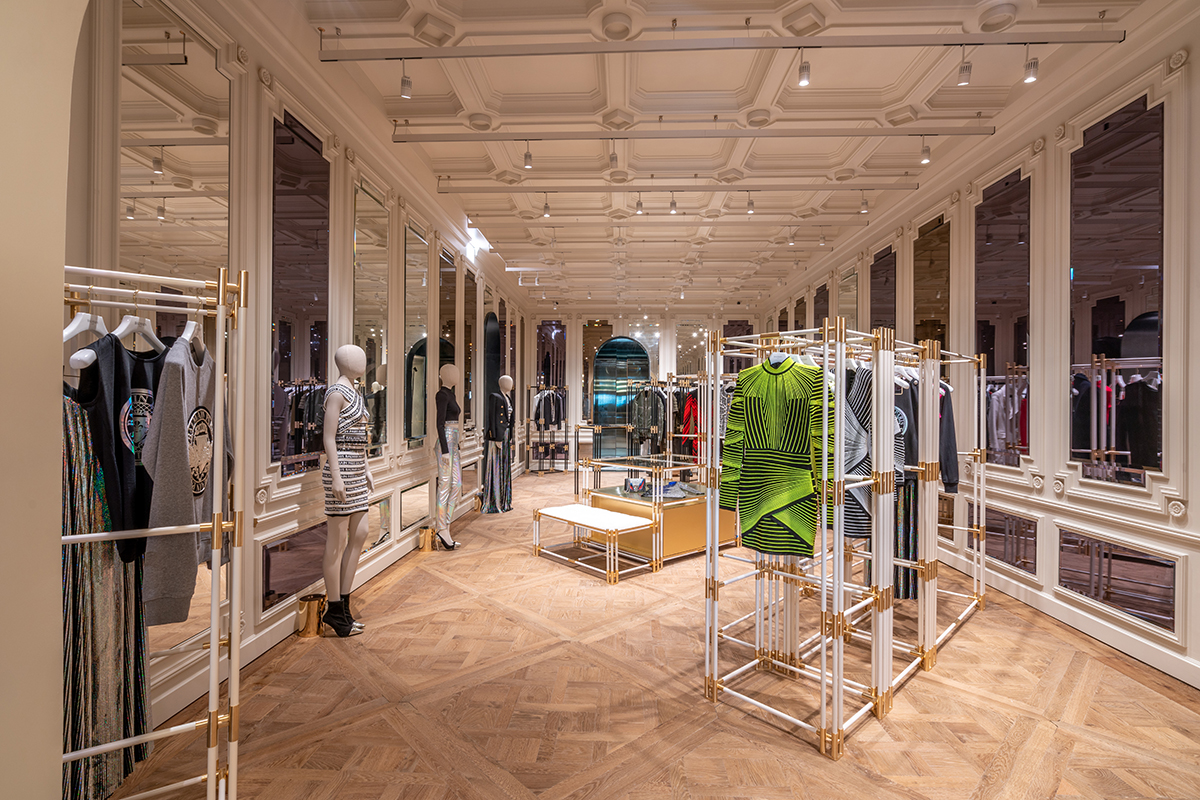
Balmain’s new store in Miami
The contemporary take on the Parisian dream is epitomised in the micro-detail of the scintillating embellishments, as much as it is in the flagship interiors. The stores offer a new version of the traditional hôtel particulier with white stucco interiors, gilded mirrors and parquet floors that you could skateboard across, with the associated uptight, cloistering atmosphere banished. Likewise, the virtual universe is vibey with campaigns directed as pop videos. Cue the sonic autumn campaign video entitled ‘The Balmain Beat’ (their ad campaign using a series of films) directed by Jake Nava who has worked with Beyoncé and Britney Spears. It features a group of disparate performers including Milla Jovovich and Daphne Guinness in diverse locations in Paris, from empty office blocks to an 18th-century folly, drawn together by a spontaneously evolving tune played out on found instruments. It shows off the brand’s hero bag – a classy BBox bag with a medallion clasp – and clothes that vibrate with neon colour and metallic sheen.
Watch ‘The Balmain Beat’ Fall/Winter 2018:
What are his views on social media? “It’s a fantastic communication channel yet we have to be careful. Five years ago what I loved was the transparency and authenticity of social media – it was spontaneous and honest. Right now, it’s too commercial and you lose the magic of honesty and credibility. The millennials are not going to like it, as they don’t want to feel trapped,” he says.
In the Balmain world, real or virtual, music is a constant. Prince’s ‘When Doves Cry’ was the opening track to the spring/summer 2019 show. “We are witnesses of our time. I’m very passionate about inclusivity; I’m mixed race myself, and I look for diversity in everything I do. And listening is a key to that inclusivity. There’s a rhythm of life happening all around us. You won’t be scared of what happens tomorrow, if you take the time to listen,” says Rousteing.
Rousteing’s ‘lair’ is a spacious glass-walled office on the top of a six-floor HQ in a narrow street in the 8e. The brown marble and bronze desk, stacked with piles of books, devices and leafy plants, is his own design. While he is working, at the gym, or sketching, loud music is his constant companion. His catholic taste includes David Bowie, Rihanna, Ed Sheeran, 80s electro pop, rock and roll, and RnB. His spring/summer 2019 menswear was devoted to Michael Jackson, with its sequin jackets, rolled-cuff denim and white sock/patent shoe combos.
Read more: Italian brand Damiani’s Kazakh-inspired jewellery collection
Rousteing is one of the few black designers currently at the helm of a major brand. Recently, Virgil Abloh was appointed head of menswear at Louis Vuitton, but the numbers are tiny. Independent talents, who have the black experience at the heart of their work, include Duro Olowu and Grace Wales Bonner in London; Stella Luna in Milan; and in New York, Telfar, Pyer Moss and Shayne Oliver.
He has brought pop into fashion and fashion into pop and, by virtue of that ambitious confluence, has opened up a once tired old fashion house to the world. Balmain resonates with a vast audience that exists in and beyond the relatively limited fashion devotee circle. His collections are anthems built on a masterful spectacle and pageantry. He works closely with Rihanna, who first visited his studio in 2013, and he has created hundreds of looks, running the gamut from Egyptian goddess to American high-school denim and sweats, for Beyoncé and her crew for Coachella 2018. A limited-edition line was released shortly afterwards.

Balmain SS19 ready-to-wear collection
“Sometimes people love the tortured element of fashion – depressed, dark and wounded – and there is a depth and struggle in my clothes, but I am pudique (modest). I don’t like being in your face with the torment of creating my clothes,” says the designer who wears no sign of angst on his dewy, unlined complexion. Rousteing has a naturally mellifluous voice and a gentle, warm smile that mellow his fierce rhetoric.
While Rousteing might be a champion of diversity, global messaging and universality, he also remains particularly and brilliantly French. He upholds the values of Parisian glamour that he first fell in love with when a young boy of mixed race raised by adoptive parents in Bordeaux, gazing at images of Iman, Betty Catroux and Catherine Deneuve with their just undone coiffures and smouldering sexuality. He faced adversity (although he does not go into details) but one can assume that a bourgeois city in south-western France might not have been as liberal as it appears now.
Read more: The Bahamas’ new 1,000 acre luxury resort
“I’m obsessed with being French. I am not conservative but I love to push traditions to the next level,” says the designer who joined Balmain at the young age of 24 and brought about radical change making the brand diverse, inclusive, ‘empowered’. Those values, championed by the greats in the 1960s and 70s – Pierre Balmain and Yves Saint Laurent included – had fallen by the wayside in the following century. Now, a more humanistic approach is considered a vital ingredient of contemporary fashion. Frenchness to Rousteing is about creativity, breaking boundaries and yes, freedom, liberté, egalité and fraternité. His own ‘nest’ is in a light-filled Haussmann-heritage building in the 11e that is a contrast of bold minimalism and flamboyant baroque style. His pride and joy is a vast sculpture of a bronze eagle that boasts dazzling amethyst rock. Thinking about the price of Balmain demi-couture, I ask the designer what he would do with 40,000 euros. His answer is a big slab of brown marble to create a piece of furniture from, to go alongside the gym. “I love the way light dances off marble,” he says.
“Being too popular? I’ve never understood that language. Democratising is not something that’s not luxurious. People talk about chic, about style, about proportions, about the front row, but who is defining these words today and what do they mean? If you take a dictionary 20 years or 100 years from now, you will have new words and new meanings and it’s time for fashion to take on a new meaning.”
Discover the Balmain collections: balmain.com
This article was first published in the Winter 19 Issue

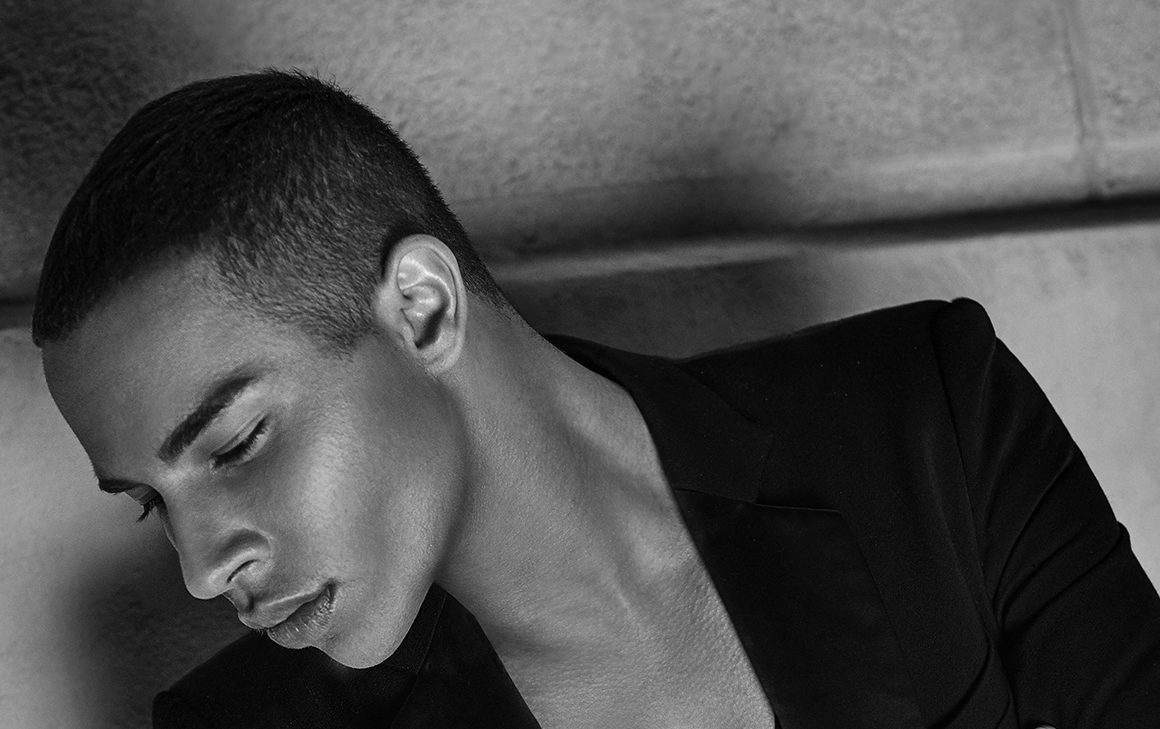



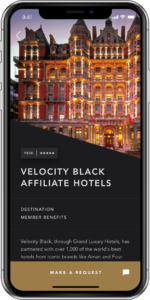 growth away from goods to experiences, valuing a meaningful life and memories shared over material goods. There is also an increase in awareness of the wellbeing of the planet and the effect of humanity on the environment and communities. Many millennials are increasingly looking to ‘give back’. We see that our members are particularly invested in global change.
growth away from goods to experiences, valuing a meaningful life and memories shared over material goods. There is also an increase in awareness of the wellbeing of the planet and the effect of humanity on the environment and communities. Many millennials are increasingly looking to ‘give back’. We see that our members are particularly invested in global change.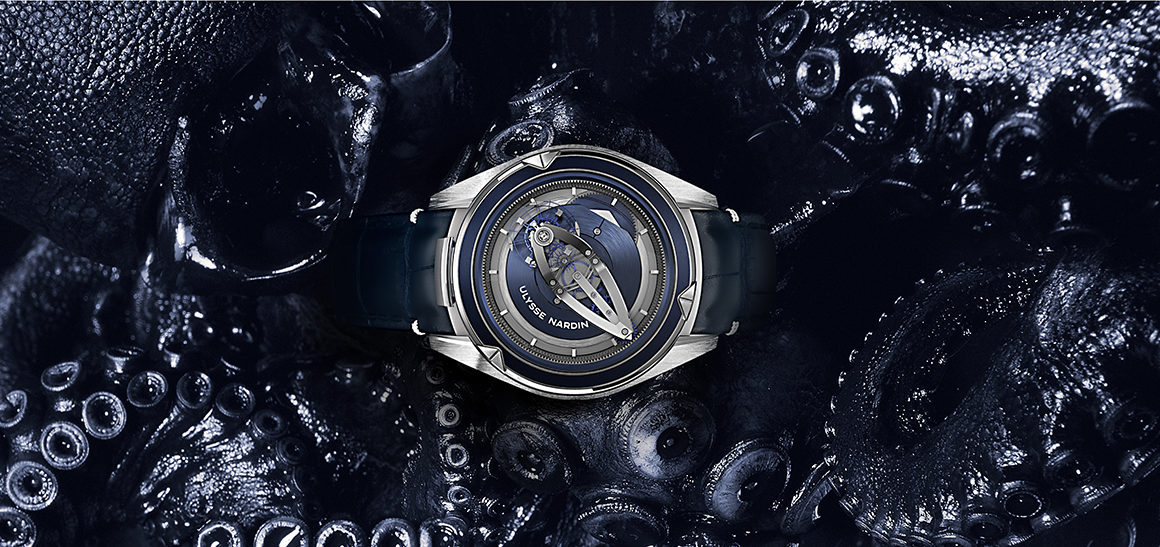
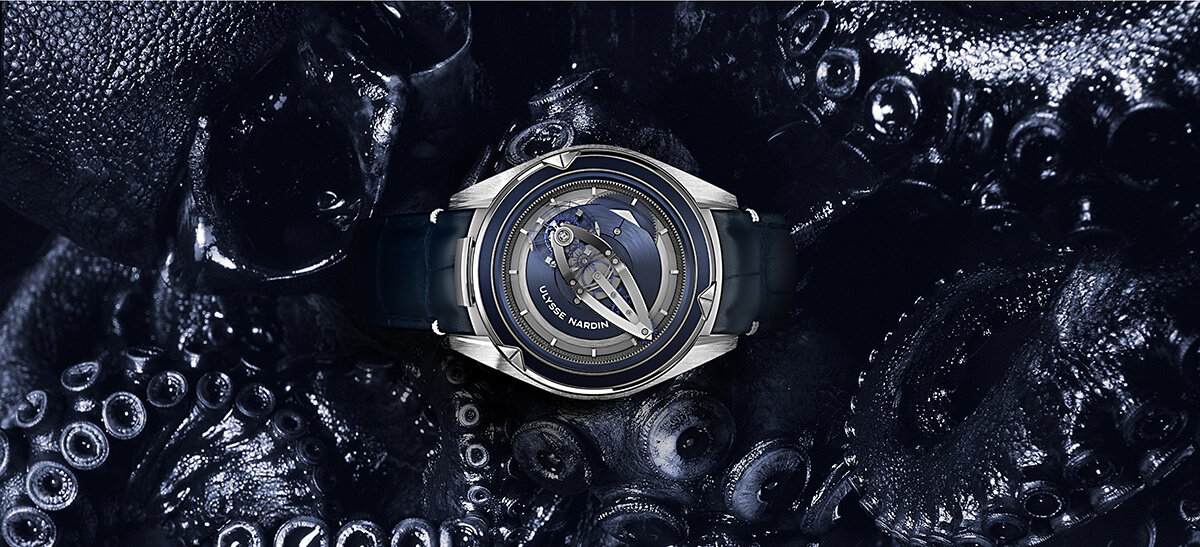

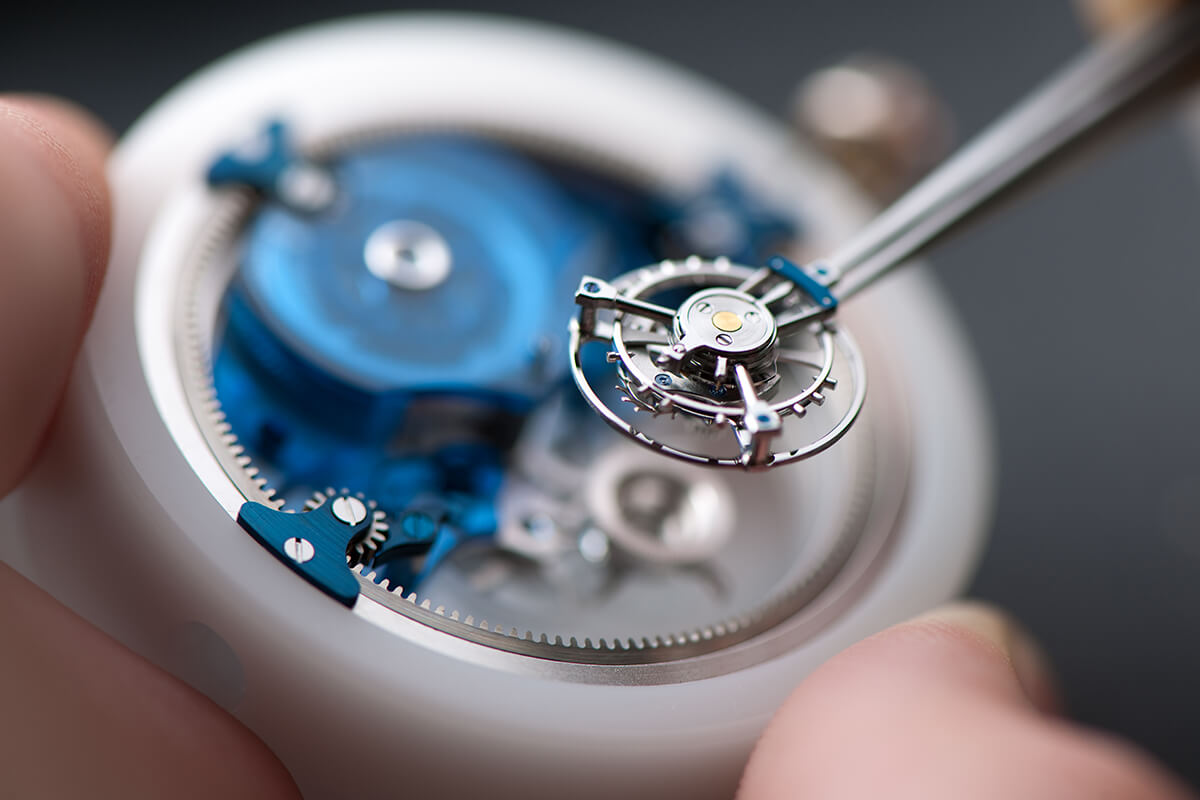






Recent Comments